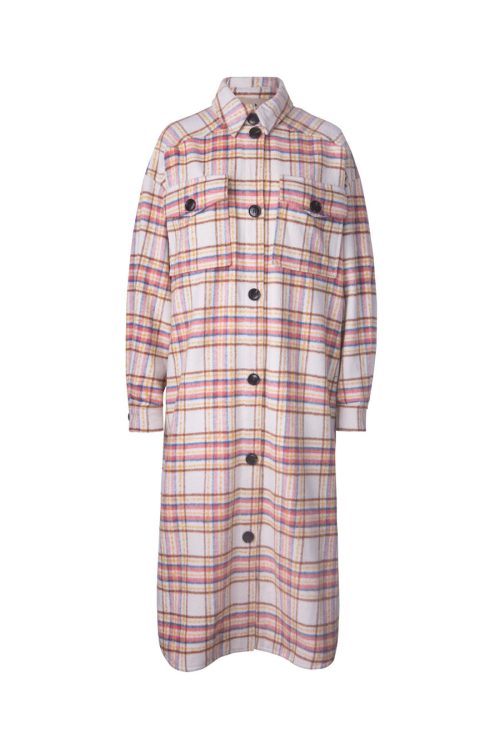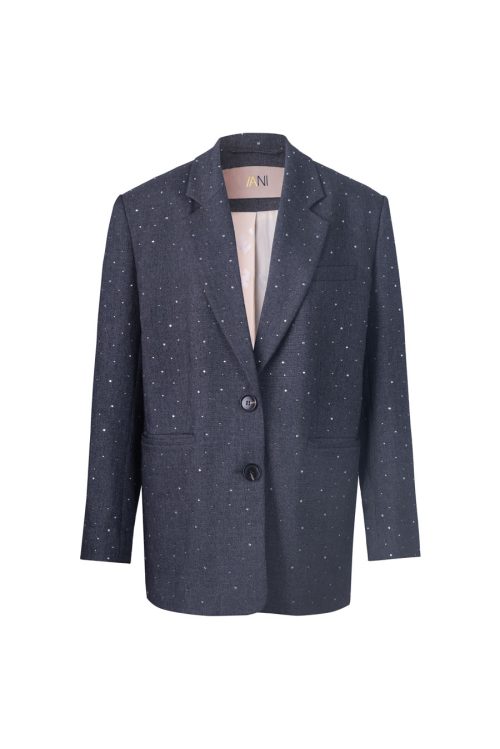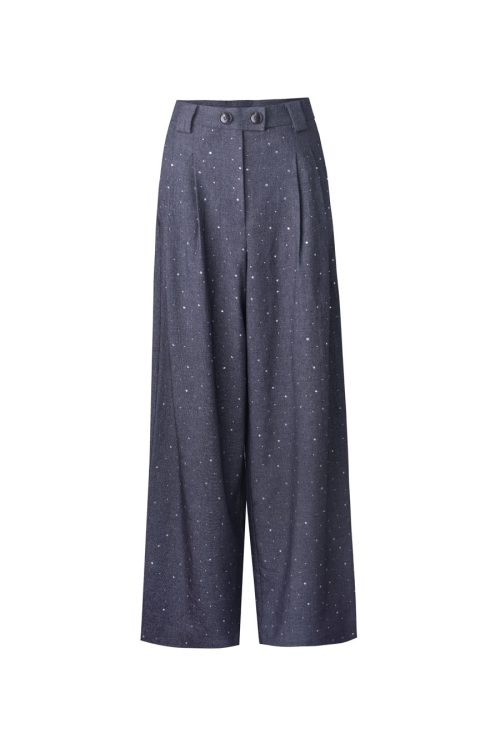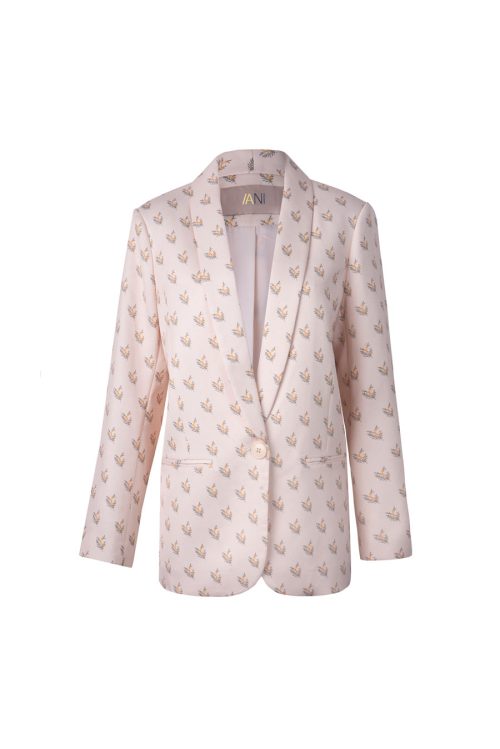
Introduction to OEM Safety Clothing
In the realm of industrial safety, Original Equipment Manufacturer (OEM) safety clothing plays a pivotal role in protecting workers across various sectors. This introduction delves into what OEM entails and why safety clothing is not just a regulatory requirement but a critical asset in maintaining workplace safety and efficiency.
Definition of OEM
OEM refers to companies that produce parts and equipment that may be marketed by another manufacturer. In the context of safety clothing, OEM signifies the bespoke creation of garments that meet specific industry standards and client specifications.
Importance of Safety Clothing in Various Industries
From construction sites to chemical labs, safety clothing is essential. Each industry has its own set of hazards, and OEM safety clothing is designed to address these specific risks with features like fire resistance, chemical resistance, and high visibility.
Core Elements of Guardian Safety Clothing
The core elements of Guardian Safety Clothing emphasize its built-in safety features, material specifications, and the balance between durability and wearer comfort, making it a top choice for industry professionals.
Material Specifications
Materials used in safety clothing are chosen based on their ability to withstand hazardous conditions while providing comfort. Fabrics may include flame-resistant fibers, breathable synthetics, and reinforced stitching for extra durability.
Durability and Comfort Features
Durability in safety clothing ensures longevity and sustained protection, while comfort features like moisture-wicking fabrics and ergonomic fits ensure that workers can perform their duties without discomfort.
Design and Customization in OEM Safety Clothing
Customization is key in OEM safety clothing as it allows for garments to be specifically tailored to meet the needs of various industries, from oil rigs to electrical work, ensuring maximum protection and functionality.
Tailoring for Specific Industries
Designing safety clothing for specific industries involves understanding the unique hazards of each environment—whether it’s high temperatures, hazardous chemicals, or the need for high visibility.
Branding and Personalization Options
OEMs often offer options for branding and personalization, such as logos, colors, and other corporate identifiers that enhance company identity while meeting safety standards.
Safety Standards and Compliance
Adherence to safety standards is critical in the manufacturing of safety clothing. This section covers the regulatory frameworks and testing methods that ensure OEM products meet all required safety benchmarks.
Regulatory Frameworks
Safety clothing must comply with international and local regulations that dictate manufacturing practices and safety requirements.
Compliance Testing Methods
Methods for testing compliance include material resistance tests, durability assessments, and fit testing to ensure each piece of clothing meets the rigorous standards necessary for protection.
Cost Efficiency of OEM Safety Clothing
Investing in OEM safety clothing can be cost-efficient for businesses. This section explores the initial costs versus long-term savings and benefits.
Price Comparison with Non-OEM
A comparison of the costs between OEM and non-OEM safety clothing, highlighting how OEM options, while potentially higher in initial expense, offer better quality and longevity.
Long-Term Cost Benefits
Long-term benefits of investing in high-quality OEM safety clothing include fewer replacements, lower accident rates, and potential insurance savings.
The Role of Technology in Safety Clothing Manufacturing
Technological advancements play a crucial role in enhancing the production, quality, and capabilities of OEM safety clothing.
Automation in Production
Automation in the manufacturing process leads to higher efficiency, consistent quality, and reduced lead times.
Innovations in Material Technology
Recent innovations include the development of smarter, more adaptive materials that offer greater protection and comfort.
Conclusion
The final section summarizes the critical aspects of OEM Guardian Safety Clothing and looks ahead to future trends and innovations in the safety clothing industry.
Summary of OEM Guardian Safety Clothing
A recap of the key points discussed about the guardian qualities of OEM safety clothing and its significance in industrial safety.
Future Trends in Safety Clothing
Exploring potential advancements in safety clothing, such as the integration of IoT devices for real-time hazard detection and health monitoring, which could redefine workplace safety standards.




